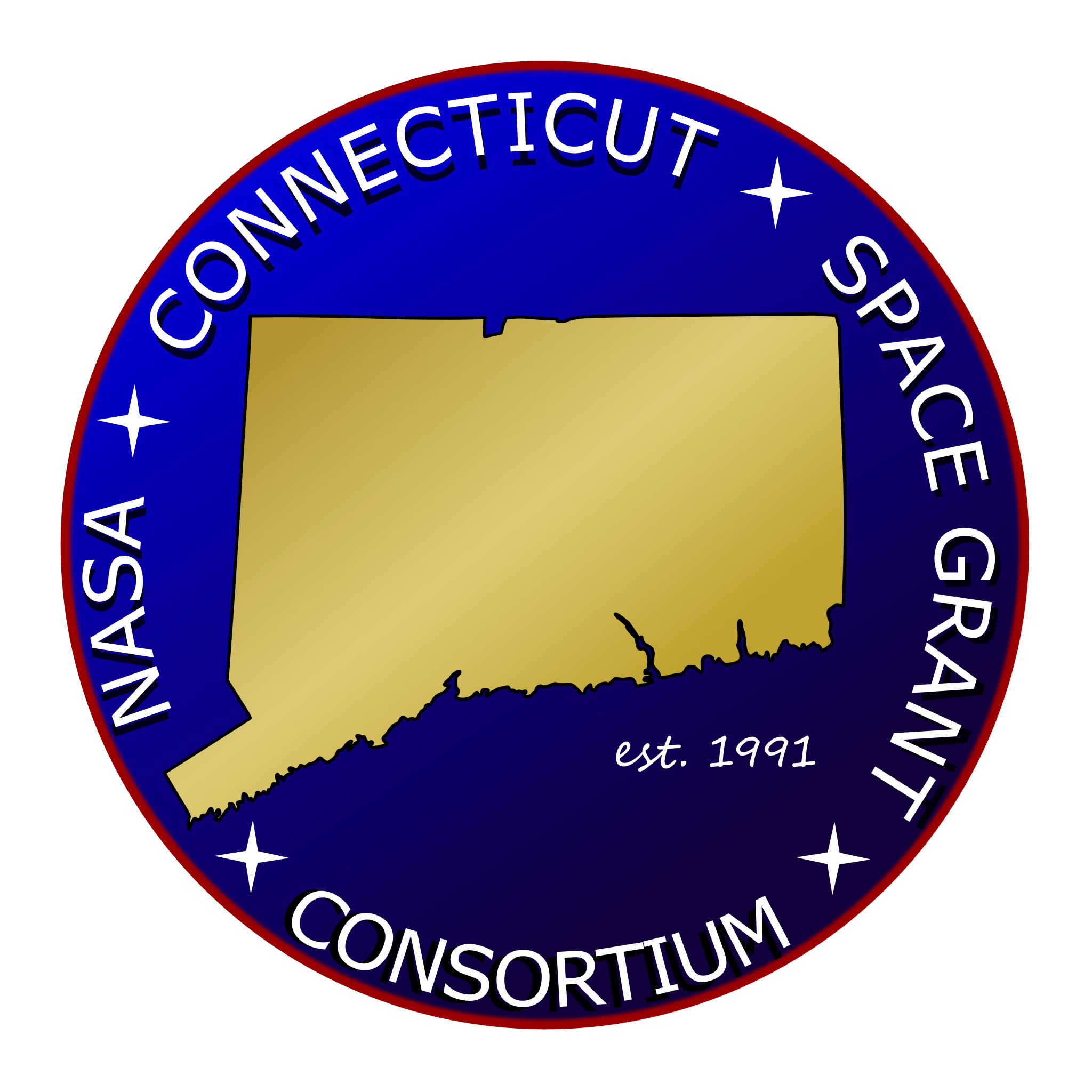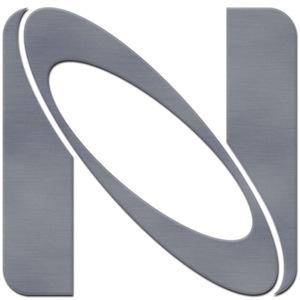Announcing the Student Spaceflight Experiments Program (SSEP) Sixth Flight Opportunity – SSEP Mission 4 to the International Space Station for 2013
We Are Truly Inviting YOUR Students to be Real Researchers, and Your Community to Be Part of America’s Space Program.
Opportunity for Schools and Districts to Engage Their Grade 5-12 Students in Very Real Microgravity Experiment Design for Flight to the International Space Station (ISS).
MILESTONE DATES:
9-Week Experiment Design Phase in Your Community: February 25 to April 29, 2013
Selection of Your Community’s Flight Experiment: May 30, 2013
Ferry Flight to ISS: mid-October 2013
Ferry Flight Return to Earth: mid-November 2013
National Conference in Washington, DC: early July 2013, and 2014
TIME CRITICAL:
ALL INTERESTED COMMUNITIES ARE ASKED TO READ THIS EMAIL CAREFULLY AND INQUIRE BY
DECEMBER 31, 2012; schools and districts need to assess interest with their staff and, if appropriate, move forward with an Implementation Plan.
DEADLINE FOR COMMUNITIES TO BE ABOARD (approved Implementation Plan and funded):
February 18, 2013. To meet this deadline, the Center needs to begin working with interested communities as soon as possible.
CONTACT:
Dr. Jeff Goldstein: 301-395-0770 or [email protected]
BACKGROUND:
The National Center for Earth and Space Science Education in the U.S., and the Arthur C. Clarke Institute for Space Education internationally, invite communities across the U.S. and Canada to participate in SSEP Mission 4 to the International Space Station (ISS).
SSEP immerses a community of students in real scientific research of their own design, using a highly captivating spaceflight opportunity on the International Space Station – America’s newest National Laboratory, and which will garner the community significant media attention for STEM education.
Each participating community will be provided all launch services to fly a real microgravity research mini-laboratory on ISS from mid-October to mid-November 2013, and a kit for assembly and loading of their mini-lab.
A 9-week experiment design competition in your community, held Winter/Spring 2013, will allow grade 5-12 student teams to design microgravity experiments vying for the community’s reserved mini-lab slot on ISS. Your student teams write very real but grade level appropriate research proposals, go through a formal proposal review process, and one experiment is selected to fly for your community. This is a true science immersion program where students are asked to be real scientists and go through the exact same process as professional researchers vying for research resources and research opportunities.
In fact two NASA feature articles on the SSEP program at NASA.gov appeared on the International Space Station RESEARCH page, not education page. NASA considers these students TO BE RESEARCHERS. The program is changing the way students view both science and their ability to do science. It is also changing the way teachers teach science.
SSEP is a true STEM education program. It addresses a wide range of biological and physical science disciplines (thus appropriate for all teachers of science), including: seed germination, crystal growth, physiology and life cycles of microorganisms (e.g. bacteria), cell biology and growth, food studies, and studies of micro-aquatic life. Students design experiments to the technology and engineering constraints imposed by a real research mini-lab and flight operations to and from Earth orbit.
SSEP is about a commitment to the joys of learning; to student ownership in exploration through immersive and REAL science experiences; to science as journey; to rich experiences for teachers in real science; and to science as an interdisciplinary tapestry that extends to vital written and oral communication skills.
HERITAGE:
SSEP has had 5 flight opportunities to date:
Through SSEP on the final two flights of the U.S. Space Shuttle Program (STS-134 and STS-135), 977 student team proposals were received, and 27 experiments have flown – one for each of the participating communities (16 on STS-134 and 11 on STS-135).
SSEP Missions 1, 2, and 3 to the International Space Station engaged 32 communities, providing 69,100 students in grades 5-14 the opportunity to participate, 3,370 student team proposals were received, and thus far 39 experiments were flown to space station on the SpaceX Dragon vehicle, heralding in a new era in human spaceflight. Student flight teams were at Kennedy Space Center for the launch and were interviewed by NASA TV.
The Mission 3 payload of 17 experiments is expected to fly to the space station in April 2013.
The initiative was also highlighted last year at the 2nd Annual White House Science Fair event.
SOME SSEP BASICS:
1. Typically a minimum of 300 grade 5-12 students across a participating community are engaged in experiment design. The school district is free to determine the participating grade levels. SSEP is not designed for a single class or a small number of students. A team of science teachers partnering across a school or a district is a recipe for success.
2. Implementation is straightforward and well defined; all needed curricular materials are fully developed; and we provide ongoing, proactive support for your educator implementation team.
3. Well-designed content resources for teachers and students support foundational instruction on science in microgravity and experimental design.
4. SSEP is flexible enough to be tailored to your community’s strategic needs in STEM education.
5. A suite of SSEP program elements – the Community Program – leverages the flight experiment design competition to engage the entire community, embracing a Learning Community Model for STEM education. Elements include flying up to 2
Mission Patches resulting from an art and design competition across your community.
6. Students can take part in their own research conference where they can report on experiment design and results. The conference is normally held in Washington, DC, in early July, at the Smithsonian’s National Air and Space Museum, the
site of the 2011 and 2012 conference – the most visited Museum on the planet.
NEXT STEPS – WE ARE ON A FAST TRACK:
1. CAREFULLY read the Student Spaceflight Experiments Program home page (link below), which includes links to all aspects of the program, including program operations, how to participate, profiles of the 51 communities participating to date, and summaries of all selected flight experiments. Also below are the links to extensive media coverage, and program testimonials from community leadership.
2. Contact us via the SSEP home page, or call me directly at: 301-395-0770
SSEP HOMEPAGE: http://ssep.ncesse.org
MEDIA COVERAGE: http://ssep.ncesse.org/communities/in-the-news/
TESTIMONIALS: http://ssep.ncesse.org/communities/in-our-own-words/
Be part of history by making history
Dr. Jeff Goldstein, Center Director and SSEP Program Creator
Cell: 301-395-0770
National Center for Earth and Space Science Education (NCESSE)
PO Box 3806
Capitol Heights, Maryland 20791
KEY SSEP PARTNERS:
National Center for Earth and Space Science Education
Arthur C. Clarke Institute for Space Education
NanoRacks, LLC
Center for the Advancement of Science in Space (CASIS)
This on-orbit, real research opportunity for students is enabled through NanoRacks LLC, which is working in partnership with NASA under a Space Act Agreement as part of the utilization of the International Space Station as a National Laboratory.

